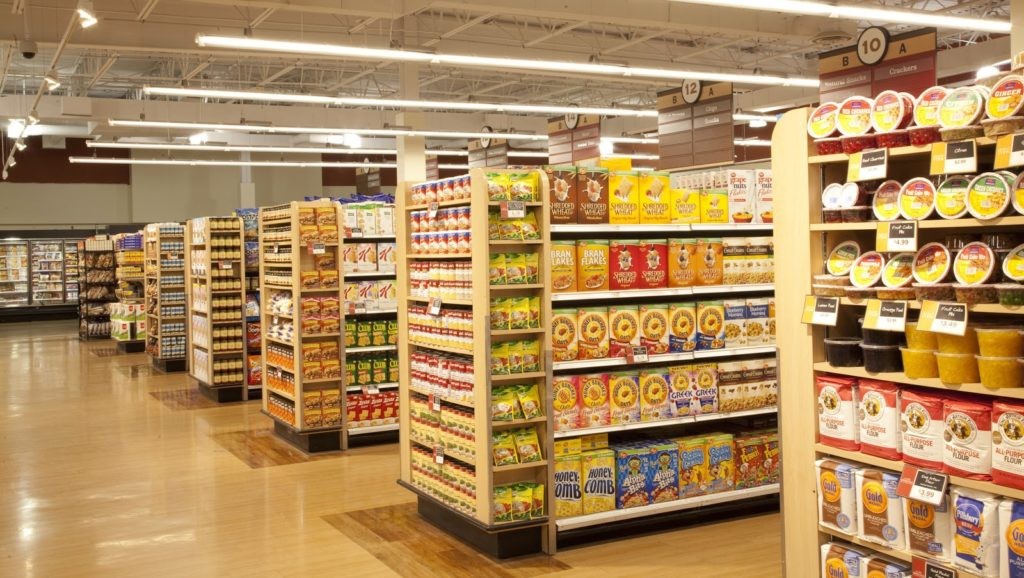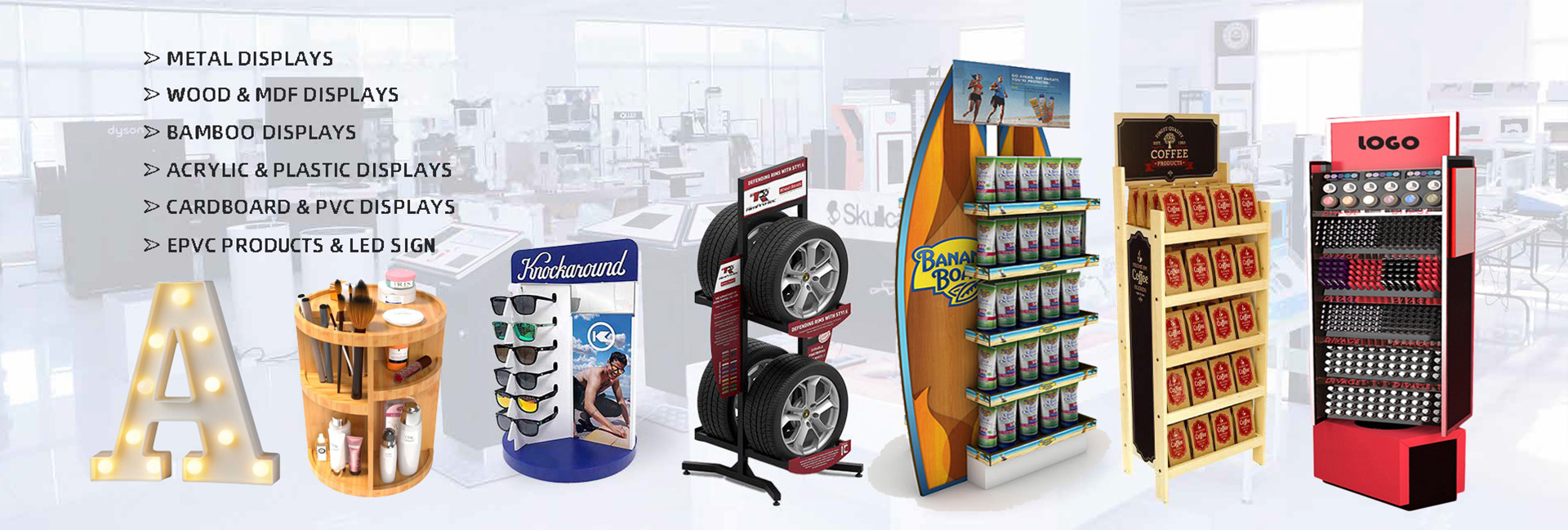Retail Display Racks: Boost Visibility & Sales
In today's fiercely competitive retail market, effectively displaying products has become a crucial factor for success. Retail display racks, as indispensable display tools, not only enhance product visibility but also significantly boost sales performance. This article will delve into the importance of retail display racks and their applications in different settings.

Supermarket Display Racks: Optimizing Product Placement
Supermarkets are one of the most common places for retail display racks. Different types of products require different types of display racks for presentation. Here are some common supermarket display racks and their characteristics:
1. Shelf Display Racks
Shelf display racks are the most common display tools in supermarkets. They usually consist of multiple layers of shelves, suitable for displaying various packaged goods. Through reasonable shelf design, retailers can effectively utilize space, categorizing products to make it easy for customers to find what they need.
2. Refrigerated Display Racks
Refrigerated display racks are primarily used for products that need to be kept fresh, such as dairy products, cold drinks, and meat. Modern refrigerated display racks not only have preservation functions but also use transparent glass doors and internal lighting to make products more attractive to customers.
3. Endcap Display Racks
Endcap display racks are typically placed at the ends of shelves, serving as focal display areas for key products. Due to their prominent positions, endcap display racks are ideal for promoting new products and items on sale. Retailers can use endcap display racks to attract customer attention, increasing product exposure and sales.

Warehouse-Style Display Racks: Efficient Management of Bulk Goods
In warehouse-style retail environments, display racks need to have not only display functions but also high load-bearing capacity to store bulk goods. Here are some common warehouse-style display racks:
1. Heavy-Duty Shelving
Heavy-duty shelving is typically used for storing large, heavy items such as appliances and furniture. They are made of sturdy metal materials and can withstand substantial weight. Through reasonable shelf layout, retailers can efficiently manage inventory and improve operational efficiency.
2. Pallet Racks
Pallet racks are common storage display tools suitable for items that require frequent handling. Pallet racks are operated using forklifts, allowing for quick and efficient access to products, making them ideal for displaying and storing bulk goods.
3. Mobile Racks
Mobile racks are flexible storage display tools suitable for environments that need frequent adjustments to the display layout. They are usually equipped with wheels for easy movement and repositioning. By using mobile racks, retailers can adjust the display layout as needed, enhancing the flexibility of product displays.
Whether in supermarkets or warehouse-style retail settings, retailers can achieve efficient product display and management through reasonable design and layout of display racks, thereby improving sales performance. In the increasingly competitive retail market, mastering the use of retail display racks will be key to retailers' success.

